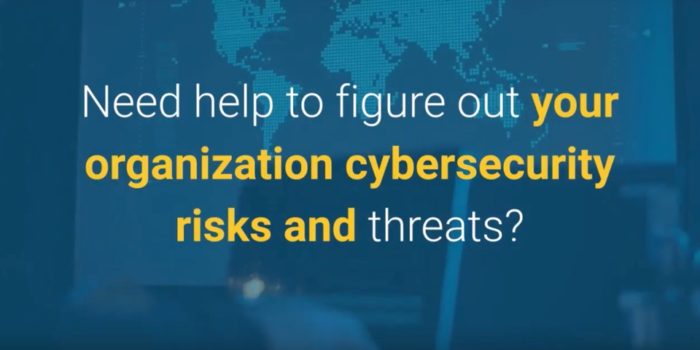Executives face a relentless challenge: staying ahead of sophisticated threats while ensuring robust, resilient digital infrastructures. With cyber threats becoming more intricate and damaging, understanding and preparing for these challenges is not just a technical necessity but a strategic imperative.


The Rising Complexity of Cyber Threats
The digital world of 2024 is witnessing a surge in complex cyber threats. Ransomware, once a blunt tool for digital extortion, has evolved into highly targeted Ransomware-as-a-Service (RaaS), impacting not just IT systems but also operational technology. Advanced Persistent Threats (APTs) are increasingly common, leveraging stealth and persistence to infiltrate networks undetected. Meanwhile, the growth of IoT has exponentially expanded the attack surface, introducing new vulnerabilities in previously unconnected systems.
The Role of Artificial Intelligence in Cybersecurity
Artificial Intelligence (AI) has emerged as a double-edged sword in cybersecurity. On one hand, AI-driven security systems can analyze vast amounts of data for anomalies, enhance threat detection, and automate responses to breaches. On the other hand, AI is also being utilized by cybercriminals to develop sophisticated malware and conduct social engineering attacks with unprecedented efficiency.
The Importance of a Proactive Cybersecurity Strategy
For CEOs, CIOs, and VPs, adopting a proactive cybersecurity strategy is crucial. This involves regular risk assessments, staying informed about the latest cyber threats, investing in advanced security solutions, and fostering a culture of cybersecurity awareness within the organization. A proactive approach also includes developing and regularly updating an Incident Response Plan (IRP) to mitigate the impact of potential breaches.
Cloud Security: A Vital Component in the Digital Age
As more businesses migrate to the cloud, cloud security has become a cornerstone of cybersecurity strategy. Ensuring data integrity and security in the cloud requires a comprehensive approach, including encryption, access controls, and regular security audits. Partnering with trusted cloud service providers who prioritize security is essential in mitigating risks in this domain.
The Human Element in Cybersecurity
Even the most advanced security technologies can be undermined by human error. Continuous employee training and awareness programs are vital to combat social engineering attacks like phishing. Emphasizing the importance of cybersecurity at every level of the organization creates a more resilient defense against cyber threats.
Regulatory Compliance and Cybersecurity
Staying compliant with evolving cybersecurity regulations and standards is another key aspect. Regulations like GDPR, CCPA, and others mandate stringent data protection measures. Non-compliance not only risks data breaches but also significant legal and financial repercussions.
The digital landscape of 2024 presents a complex array of cybersecurity challenges
By leveraging AI-driven security solutions, adopting proactive strategies, prioritizing cloud security, focusing on the human aspect, and complying with regulations, tech executives can navigate these challenges effectively. Remember, in the realm of cybersecurity, complacency is the enemy, and vigilance is the ally.





